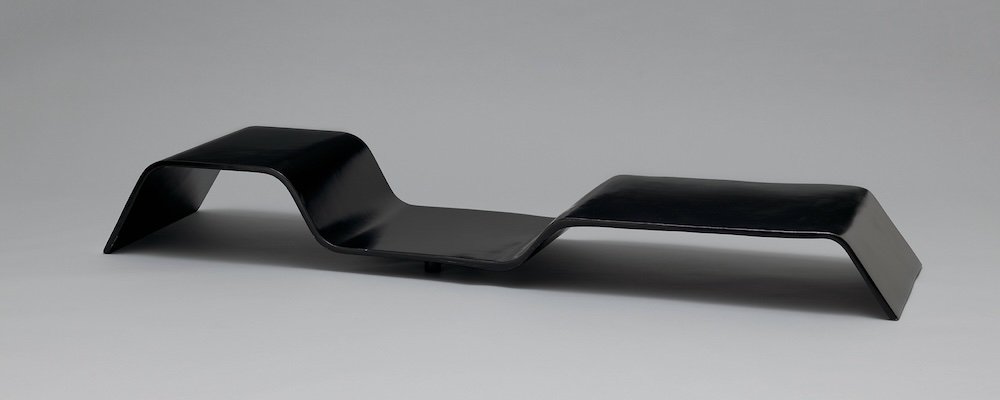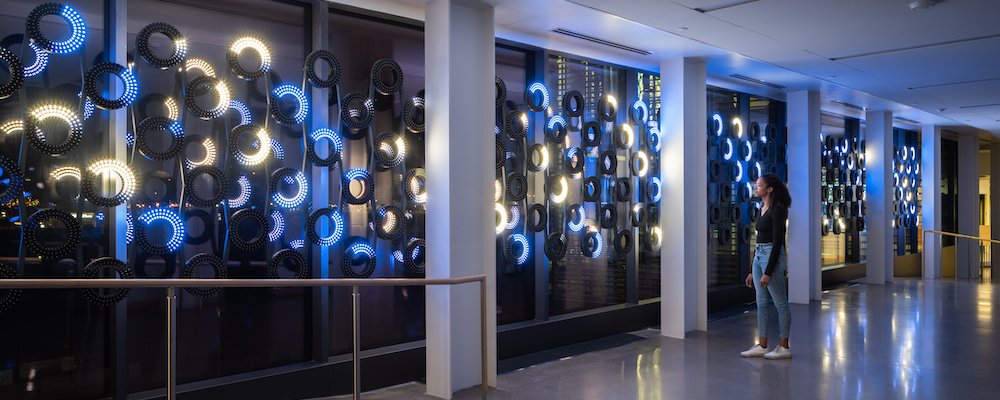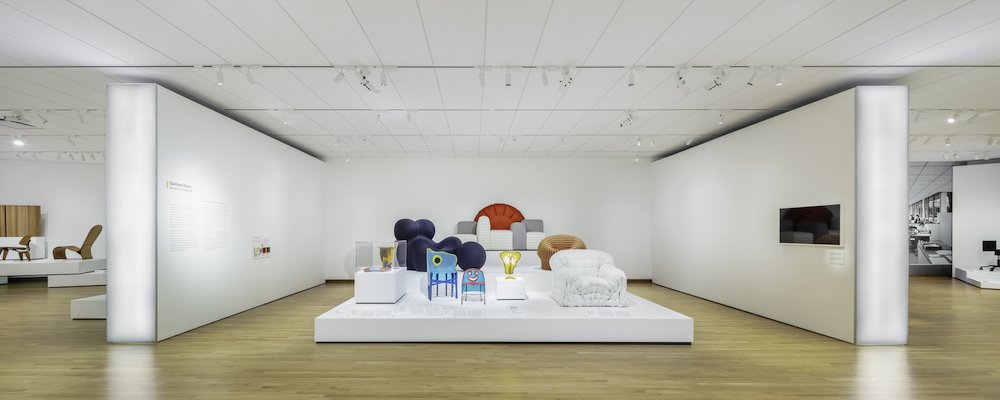Crafting Modernity: Design in Latin America, 1940–1980
The Museum of Modern Art (MoMA) presents Crafting Modernity: Design in Latin America, 1940–1980, the first exhibition by a major American museum to examine modern design in the region on a broad scale.
On view until September 22, 2024, the exhibition focuses on six countries—Argentina, Brazil, Chile, Colombia, Mexico, and Venezuela—that spearheaded the development of modern domestic design in Latin America. Through more than 100 objects, including furniture, graphic design, textiles, ceramics and photography, drawn from MoMA’s collection and from public and private collections across the US, Latin America, and Europe, the exhibition demonstrates how the field of design in Latin America provides a valuable platform for examining and understanding larger political, social, and cultural transformations in the region.
The exhibition focuses on the postwar era in Latin America, a period of dramatic transformations characterised by great economic growth and rapid modernisation. In the 1940s, as World War II raged in Europe, countries in this region replaced goods that had traditionally been imported with domestically produced products. These readily available materials led to the exponential rise of national industries, generating professional opportunities for local designers. By the late 1970s, a series of economic crises echoed throughout the region, marking the end of an era of developmentalism in Latin America, when it was widely believed to be the state's role to promote modernisation and to foster a strong internal market for domestic goods.
The first section of the exhibition focuses on domestic interiors as sites of experimentation for modern living that were paramount for fostering design in the region. Significant homes, such as Lina Bo Bardi’s Casa de Vidro (Brazil, 1951) and Alfredo Boulton’s house in Pampatar—where the furniture was designed by Miguel Arroyo (Venezuela, 1953)—are explored as case studies.
The subsequent section explores the emergence of the design profession in Latin America, and how creative circles facilitated new opportunities for industrial growth in the region. Many designers, such as Clara Porset (Mexico) and Cornelis Zitman (Venezuela), also engaged with the local craft traditions of their respective territories. This era of cultural cross-pollination gave rise to a vibrant network of multidisciplinary creative circles. Simultaneously, they collaborated on projects, embracing the concept of the total work of art, collectively envisioning ways to enhance daily life. The exhibition explores how these artists, designers, architects, musicians, and intellectuals mutually influenced each other’s work, creating a modern visual language.
This is followed by a subsection illustrating the global dissemination of the B.K.F. chair. In 1937, three visionary architects—Antonio Bonet from Barcelona, and Juan Kurchan and Jorge Ferrari Hardoy from Buenos Aires—converged in the Paris studio of the renowned Swiss-French architect Le Corbusier. The following year, the trio relocated to Buenos Aires and established Grupo Austral. One of their initial projects involved redesigning the Tripolina—a portable chair made of wood, metal swivel joints, and animal hide that originated in the late 19th century and was popular with the military. Grupo Austral innovatively replaced the wood base with tubular metal, a material in vogue at the time, and christened their creation the B.K.F. chair, after the initials of its creators. In 1940, MoMA curator Edgar Kaufmann Jr. visited Argentina and acquired two B.K.F. chairs: one for the Museum and a second for Fallingwater, his residence in Pennsylvania (designed by American architect Frank Lloyd Wright). Rapidly becoming emblematic of modern living, the B.K.F. chair adorned homes across the United States, Latin America, and beyond.
The final section explores the crafting of a collective legacy through the impact of local workshops and local industries. The postwar era in Latin America was characterized by ambitious optimism, marked by a period of sweeping industrialization. This transformative tide was driven by developmentalist policies championed by governments from the late 1940s to the 1970s, and by the adoption of import substitution strategies (ISI), in which foreign imports were replaced with domestic production.
As the region experienced a surge in consumerism, local enterprises thrived. Within this dynamic landscape, some designers, such as Michael van Beuren (Mexico) and Geraldo de Barros (Brazil), created production models tailored to local tastes and market conditions, while other designers, like Martin Eisler (Argentina-Brazil), chose to represent international brands like Knoll and Herman Miller. Meanwhile, factories like Noblex (Argentina) and MUMA (Colombia) with the designs of Oscar Muñoz based their designs on the use of available technologies and industrial processes, establishing a synergy between design and manufacturing. While factories were fundamental in the diffusion of modern design across the region, local workshops and craft industries such as Cynthia Sargent (Mexico) or Ruben Nuñez (Venezuela) also emerged as pivotal forces.
The exhibition also includes materials related to MoMA’s Industrial Design Competition for the 21 American Republics in 1940 and the subsequent 1941 exhibition Organic Design in Home Furnishings, which featured winning entries. Latin American designers were encouraged to “engage their local materials and construction methods,” and winners of the competition merged modernist influences with local craft traditions in their designs.
In the period addressed by the exhibition, Latin America was by no means a homogenous territory, and designers active in the region proposed sometimes conflicting visions of modernity. For some, design was an evolution of local craft traditions, leading to an approach that combined centuries-old artisanal techniques with machine-based methods.
For others, design responded to market conditions and local tastes, and was based on available technologies and industrial processes. They proposed designs rooted in new visual repertoires using their own technologies, which had developed as a result of the growing national industries. They rejected historicism and embraced international avant-garde movements. Crafting Modernity charts these differences between countries, and explores how designs for domestic environments reflect ideas of national identity, models of production, and modern ways of living.
Crafting Modernity: Design in Latin America, 1940–1980 is organised by Ana Elena Mallet, guest curator, and Amanda Forment, Curatorial Assistant, Department of Architecture and Design, The Museum of Modern Art.
Hero picture: Oscar Niemeyer, "Modulo" Low Table (1978). Painted plywood and steel (24.1 x 192.4 x 50.2 cm) Committee on Architecture and Design Funds 733.2015


































